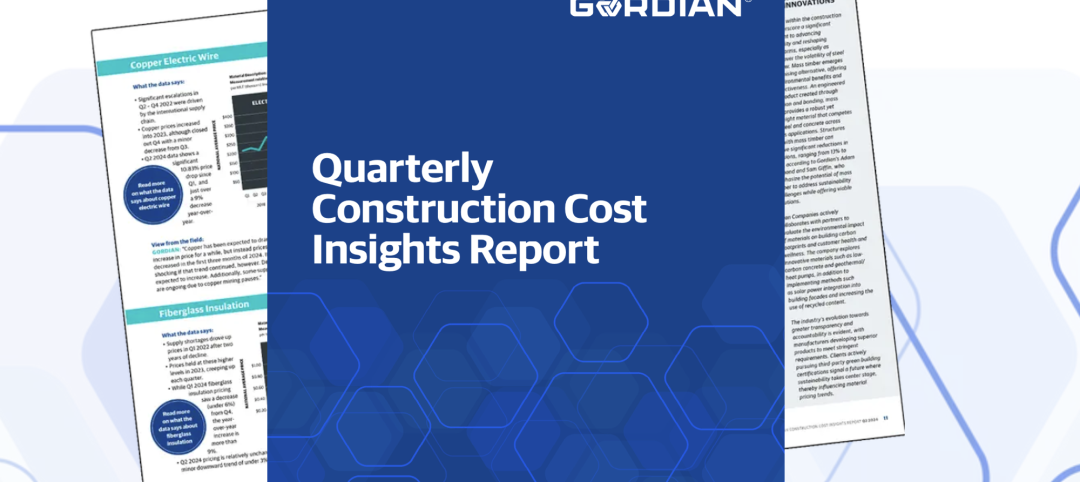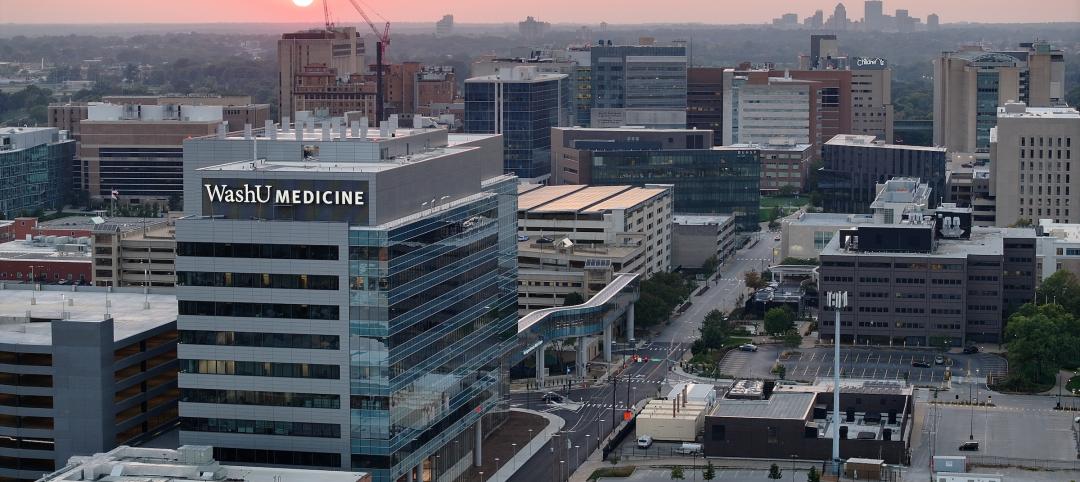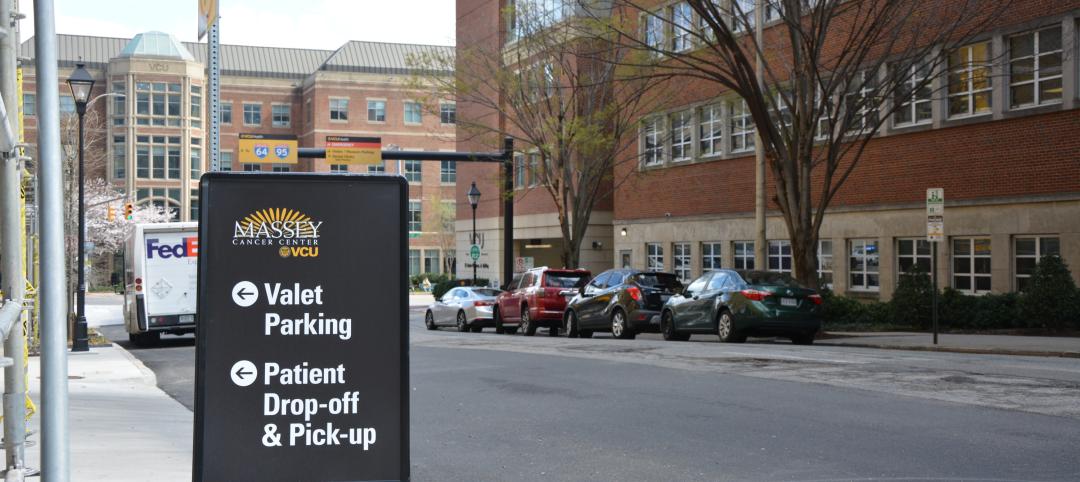Lightning Alley is not just a catchy name for a street or the local bowling lanes. It's the name dubbed to a notorious region in central Florida that is in the heart of the most lightning-prone area in the entire country. And that lightning strike may come at the most inopportune time.
Not only can this force of nature cause bodily injury and severe damage to property, it also has the power to disrupt or destroy a police department's 9-1-1 communications system, which is intended to assist residents during an emergency. That's exactly what happened in the middle of one Florida storm.
When a Walmart in the city of Bushnell was relocated, the facility was donated to the county for their use. The Sumter County Sheriff's Department decided to open its new offices in this building, including housing its emergency communications there.
One serious problem was that the electrical system was built for a 1970's vintage department store, not a critical communications and public safety facility. During one lightning storm in particular, the 9-1-1 system failed, leaving county residents without police, fire or ambulance response.
Inspection of the existing electrical system showed that it was badly flawed, mainly due to improper connectors and poor bonding and grounding. The communications tower, for example, had its own independent and inadequate grounding. The emergency generators and building structure were all independently grounded, each with its own ground rod, exposing its poor design. The main grounding electrode consisted of a single galvanized steel rod from the 1970s, with very high resistance to earth.
A new system was designed and installed for under $40,000, a minimal cost considering the value of the equipment protected, and improved public safety it brought to the residents of Sumter County.
"To be effective, the entire grounding system needs to be properly designed, using listed connectors and corrosion resistant materials," said Dave Brender, National Program Manager for the Copper Development Association, CDA. "Lightning protection systems in particular must be well-grounded to work properly, and could make matters worse if they are not. Copper and its alloys are the most common materials in use for this application because they provide superior corrosion resistance and avoid oxidation problems at connections.
Copper is also easy to install and durable," Brender added.
Central Florida is not the only region in the U.S. affected by severe weather. Similar 9-1-1 and broadcast facilities are employed in areas all over the country where communications is critical and the chances for lightning strikes are quite high. Having proper copper-based grounding and bonding should be a top priority where an entire system can get crippled by lightning.
Related Stories
Mass Timber | May 31, 2024
Mass timber a big part of Western Washington University’s net-zero ambitions
Western Washington University, in Bellingham, Wash., 90 miles from Seattle, is in the process of expanding its ABET-accredited programs for electrical engineering, computer engineering and science, and energy science. As part of that process, the university is building Kaiser Borsari Hall, the 54,000-sf new home for those academic disciplines that will include teaching labs, research labs, classrooms, collaborative spaces, and administrative offices.
Construction Costs | May 31, 2024
Despite challenges, 2024 construction material prices continue to stabilize
Gordian’s Q2 2024 Quarterly Construction Cost Insights Report indicates that supply chain issues notwithstanding, many commodities are exhibiting price normalization.
University Buildings | May 30, 2024
Washington University School of Medicine opens one of the world’s largest neuroscience research buildings
In St. Louis’ Cortex Innovation District, Washington University School of Medicine recently opened its new Jeffrey T. Fort Neuroscience Research Building. Designed by CannonDesign and Perkins&Will, the 11-story, 609,000-sf facility is one of the largest neuroscience buildings in the world.
MFPRO+ New Projects | May 29, 2024
Two San Francisco multifamily high rises install onsite water recycling systems
Two high-rise apartment buildings in San Francisco have installed onsite water recycling systems that will reuse a total of 3.9 million gallons of wastewater annually. The recycled water will be used for toilet flushing, cooling towers, and landscape irrigation to significantly reduce water usage in both buildings.
Healthcare Facilities | May 28, 2024
Healthcare design: How to improve the parking experience for patients and families
Parking is likely a patient’s—and their families—first and last touch with a healthcare facility. As such, the arrival and departure parking experience can have a profound impact on their experience with the healthcare facility, writes Beth Bryan, PE, PTOE, PTP, STP2, Principal, Project Manager, Walter P Moore.
MFPRO+ News | May 28, 2024
ENERGY STAR NextGen Certification for New Homes and Apartments launched
The U.S. Environmental Protection Agency recently launched ENERGY STAR NextGen Certified Homes and Apartments, a voluntary certification program for new residential buildings. The program will increase national energy and emissions savings by accelerating the building industry’s adoption of advanced, energy-efficient technologies, according to an EPA news release.
Women in Design+Construction | May 28, 2024
Commerce Department launches Million Women in Construction Community Pledge
The U.S. Department of Commerce launched its Million Women in Construction Community Pledge this month to boost the ranks of women in construction companies. Federal investments are creating a construction boom that is increasing job opportunities for construction and trade workers.
Laboratories | May 24, 2024
The Department of Energy breaks ground on the Princeton Plasma Innovation Center
In Princeton, N.J., the U.S. Department of Energy’s Princeton Plasma Physics Laboratory (PPPL) has broken ground on the Princeton Plasma Innovation Center (PPIC), a state-of-the-art office and laboratory building. Designed and constructed by SmithGroup, the $109.7 million facility will provide space for research supporting PPPL’s expanded mission into microelectronics, quantum sensors and devices, and sustainability sciences.
MFPRO+ News | May 24, 2024
Austin, Texas, outlaws windowless bedrooms
Austin, Texas will no longer allow developers to build windowless bedrooms. For at least two decades, the city had permitted developers to build thousands of windowless bedrooms.
Resiliency | May 24, 2024
As temperatures underground rise, so do risks to commercial buildings
Heat created by underground structures is increasing the risk of damage to buildings, recent studies have found. Basements, train tunnels, sewers, and other underground systems are making the ground around them warmer, which causes soil, sand, clay and silt to shift, settle, contract, and expand.

















